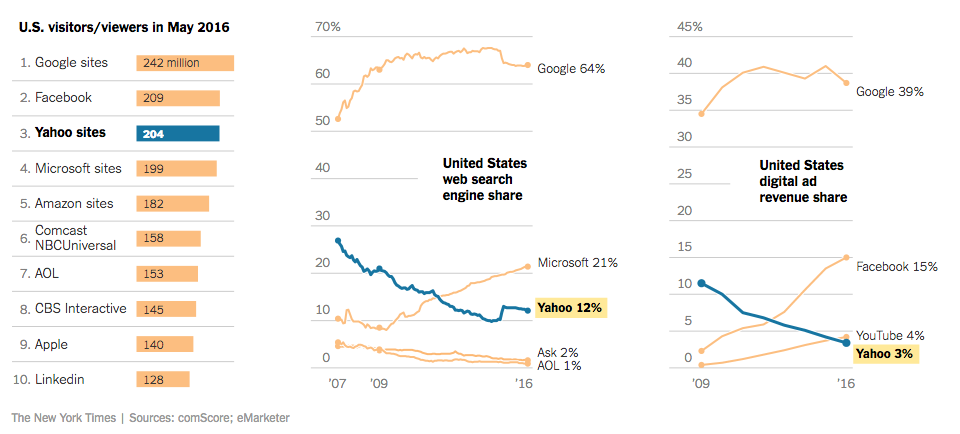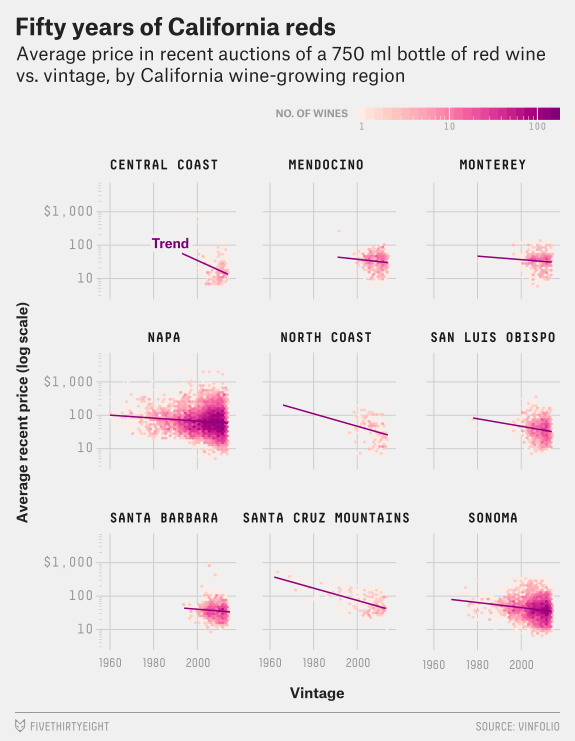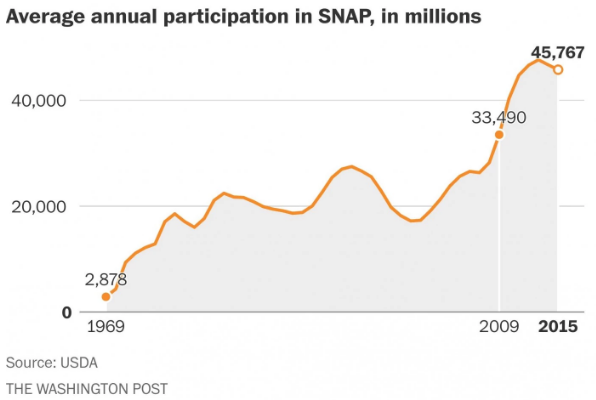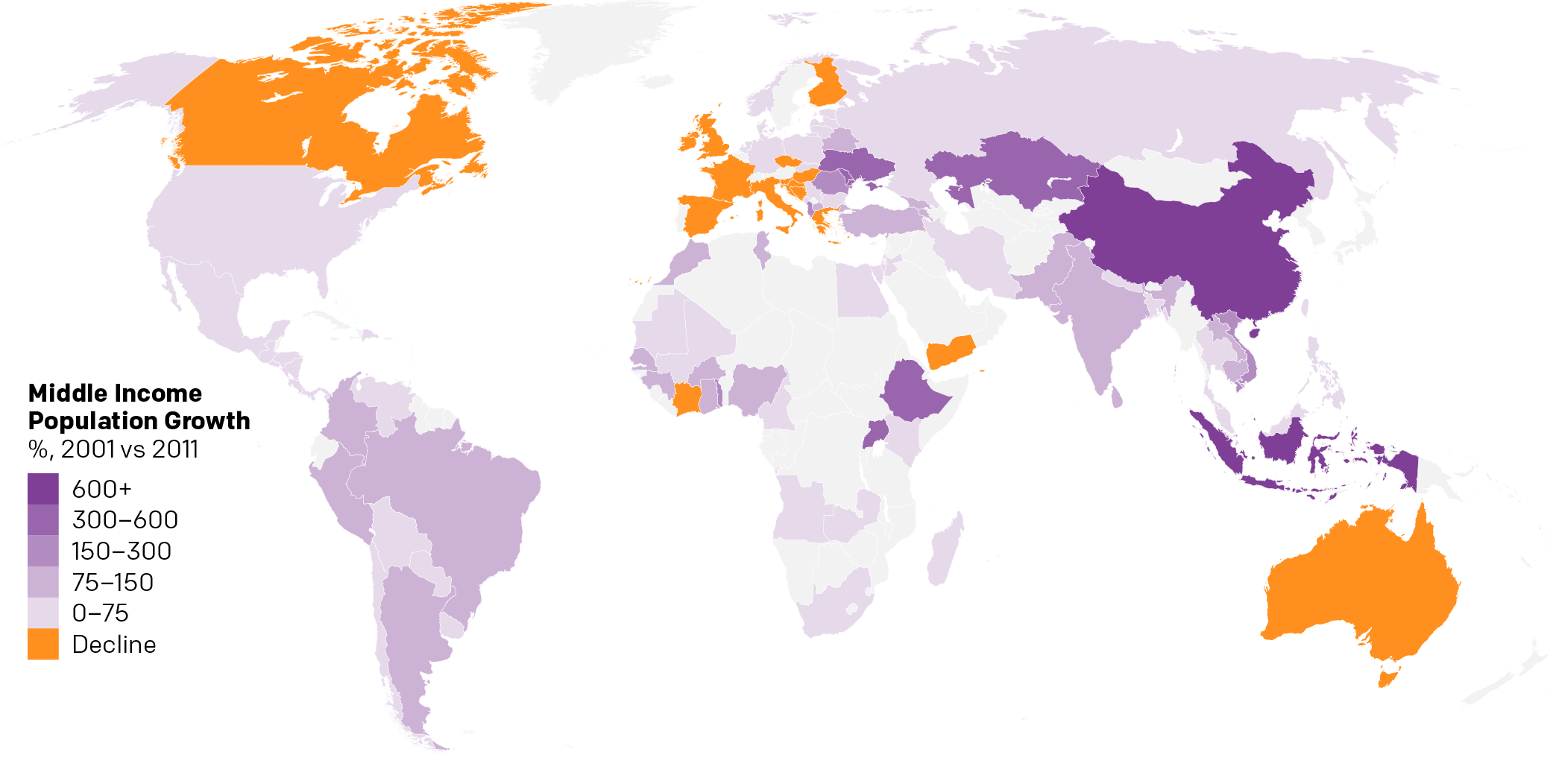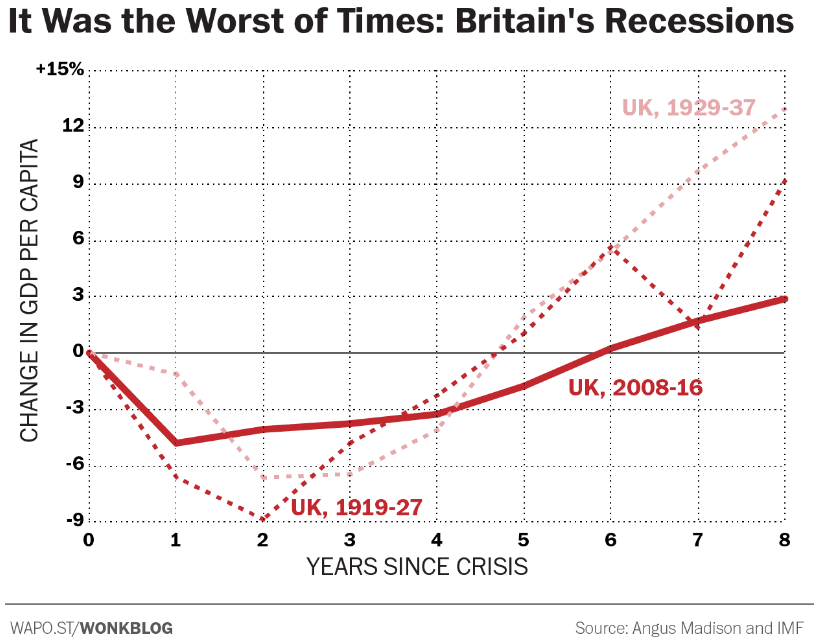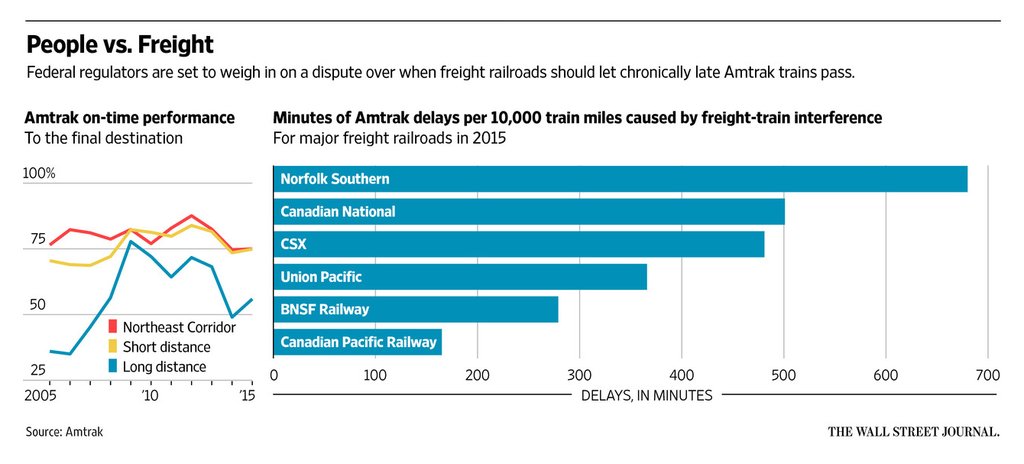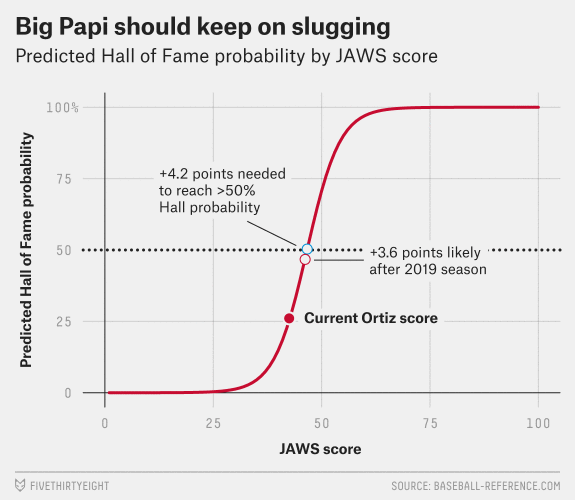And by this title I am not referencing McKinleys, K2s, or Everests. No, the BBC published this piece on the changing average heights of citizens of various countries. This was the graphic they used from the report’s author.

Personally speaking, I do not care for the graphic. It is unclear and puts undue emphasis on the 1914 figure by placing the illustration in the foreground as well as in the darkest colour. I took a thirty-minute stab at re-designing the graphic and have this to offer.

While I admit that it is far from the sexiest graphic, I think it does a better job of showing the growth than decline of national heights by each sex in each of these three select countries. Plus, we have the advantage of not needing to account for the flag emblems. Note how the black bars of Egypt disappear into the black illustration of the person.
Credit for the piece goes to the eLife graphics department.

